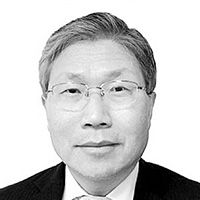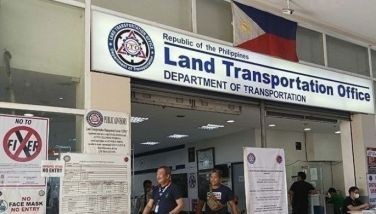Koreanovela and K-pop… loved by the Philippines

Last Sunday was the finals of the 2018 Pinoy K-pop Star competition. The winner, Venisse Nicole Siy, will represent the Philippines in the 2018 K-POP World Festival, which is held every year in Changwon, Korea. The purpose of this event is to bring Hallyu fans from all over the world to South Korea, thereby fusing the culture of Korea with those of other countries.
But what, exactly, is Hallyu? How did it begin?
Hallyu is also known as the Korean Wave. It covers many facets of Korean culture, but many believe it started in 1992, with the debut performance of Seo Taiji & Boys. Lee Soo-man, a former Korean entertainer turned businessman who witnessed the group’s groundbreaking presentation, immediately saw an opportunity and said that, “Made in Korea should be stressed, and we should market music as cultural commodities.”
At the height of the 1997 Asian financial crisis, the Korean government passed a law devoted to bolstering the arts and dedicated at least 1% of the entire state budget to culture. The enactment of the 1999 Basic Law for the Promotion of Cultural Industries might well be the official birth of the Korean cultural wave.
Today, after the success of H.O.T., Super Junior, Big Bang, and even Psy (whose phenomenal Gangnam Style video has been viewed over 3 billion times on YouTube), BTS is taking on the world by smashing every US record for a K-pop band. Nowadays, the girl group Momoland is also marking the K-pop landscape with their catchy Bboom Bboom, whose dance challenge has become viral in the Philippines.
Hallyu also includes Korean drama, cuisine, and even cosmetics. For over a decade now, Korean TV shows have become so popular in the Philippines that a term has even been coined for it: Koreanovela.
The essence of brand Korea is steeped in age-old culture mixed with contemporary ideas that resonate with the younger generations. This is evident in songs with modern and sometimes rebellious lyrics, and in film or television shows about families and interpersonal relationships, as well as history and Korea’s role on the world stage. Even ads for food and consumer products contain a healthy mix of traditional and modern elements.
As Ambassador of Korea to the Philippines, I am thrilled to play a part in bringing Korea even deeper into Filipino consciousness. After meeting the presidents of ABS-CBN and GMA, I am convinced more than ever that Koreanovela dramas will continue to enjoy a good following on Philippine television. Tickets for K-pop concerts here are always sold out, and in every mall I visit, I am pleased to see Korean restaurants and cosmetics stores teeming with customers.
I believe the Korean Wave is the reason why more and more Filipinos prefer to visit Korea than any other country. It is by no means a one-way street, as Koreans have in recent years consistently ranked number one among tourists visiting the Philippines.
Undeniably, Hallyu is also behind the esteemed status that Korea is currently enjoying as a nation of cutting-edge technology and innovation. Companies such as Samsung, LG, Hyundai, and KIA are now as ubiquitous as other global brands.
As more and more people, including Filipinos, ride the Korean Wave, it is good to know that Hallyu has helped Korea open up to the world. It might not even be too farfetched to say that “Made in Korea” could bridge the world and bring about lasting peace.
And next year, when we celebrate the 70th anniversary of establishing Korea-Philippines relationship, expect more cultural events that will reinforce this strong bond between our two countries.
(Han Dong-man is Ambassador of the Republic of Korea to the Philippines)
- Latest
- Trending





























